





Shoptet to Woocommerce
Migrating your store from Shoptet to Woocommerce might seem daunting, but with proper planning and the right tools, it's a smooth process. Follow this step-by-step guide to ensure a successful transition.
Schedule a call
Step-by-Step Migration Guide: Shoptet to WooCommerce Migration Guide
Step 1: Assessing Your Current Shoptet Store
In this step, we will thoroughly examine the existing Shoptet store to understand its structure, data, and functionalities, which will inform a well-planned migration strategy.
Step 2: Exporting Data from Shoptet
This step involves exporting all relevant data from Shoptet, including products, customers, and orders, to prepare for import into WooCommerce.
Step 3: Preparing WooCommerce for Import
In this step, we will set up the WooCommerce environment, ensuring all necessary plugins and configurations are in place to facilitate a successful data import.
Step 4: Importing Data into WooCommerce
This step guides you through the actual import of data from Shoptet into WooCommerce, ensuring all product, customer, and order information is correctly integrated.
Step 5: Configuring WooCommerce Settings
After importing data, we will adjust WooCommerce settings to match the desired store functionalities, ensuring everything runs smoothly.
Step 6: SEO Optimization Post-Migration
In this step, we will implement SEO best practices to ensure your WooCommerce store retains its search visibility and attracts traffic after migration.
Step 7: Testing Your New WooCommerce Store
Conduct thorough testing of your WooCommerce store to ensure all functionalities work seamlessly before launching to the public.
Power Your Step - Get in Touch
Ready to migrate your store seamlessly? Contact PowerCommerce today to leverage our expert migration support for your Shoptet to WooCommerce transition.
Step 1: Assessing Your Current Shoptet Store
Before initiating the migration from Shoptet to WooCommerce, it is essential to conduct a comprehensive assessment of your existing Shoptet store. This assessment will provide insights into the specific data, functionalities, and customizations that need to be replicated or reconfigured in WooCommerce.
The primary objective of this step is to document all critical elements of your Shoptet store, including product catalog, customer data, orders, and any additional features such as payment gateways and shipping methods. Understanding the layout, themes, and plugins currently in use will also help ensure that your new WooCommerce store retains the user experience and functionality your customers expect.
- Catalog Assessment: Review your product listings, categories, tags, and attributes. Make a list of all products, including their SKUs, prices, descriptions, and images.
- Customer Data: Collect information about your customers, including names, email addresses, order history, and any other relevant details.
- Order History: Evaluate past orders to identify any trends or patterns in customer purchasing behavior that can inform future strategies.
- Existing Integrations: Analyze any third-party integrations in use, such as payment processors, shipping services, and analytics tools.
- SEO Considerations: Take note of existing URL structures, metadata, and any other SEO elements that should be replicated in the new store.
By completing this assessment, we will be well-prepared to plan the migration process, ensuring that we address all necessary components and minimizing the risk of data loss or functionality issues during the transition.
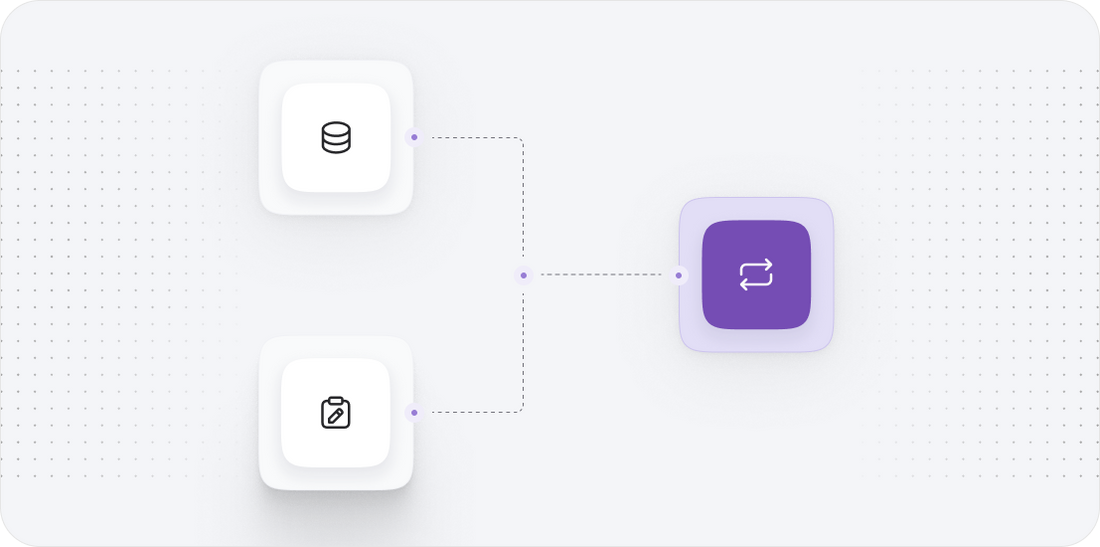
Step 2: Exporting Data from Shoptet
After thoroughly assessing your Shoptet store, the next step is to export all the necessary data. Shoptet provides various export options that allow you to download your product, customer, and order information in a structured format.
The primary goal of this step is to ensure that we have a complete and accurate dataset that can be imported into WooCommerce without any loss of information. The data export typically involves the following sub-steps:
- Login to Shoptet Admin Panel: Access your Shoptet account and navigate to the relevant sections for exporting data.
- Export Product Data: Go to the products section, and use the export feature to download a CSV or Excel file containing all product details. Ensure that the file includes fields for product names, descriptions, prices, SKUs, images, and categories.
- Export Customer Data: Navigate to the customers section and export the customer data file. Ensure that this file includes customer names, email addresses, phone numbers, and shipping addresses.
- Export Order Data: Similarly, export the order history, which should include order IDs, product details, quantities, customer information, and order status.
Once all necessary data has been exported, it’s vital to review the files to ensure they are complete and formatted correctly for the upcoming import into WooCommerce. This proactive measure will streamline the import process and help avoid potential issues later on.
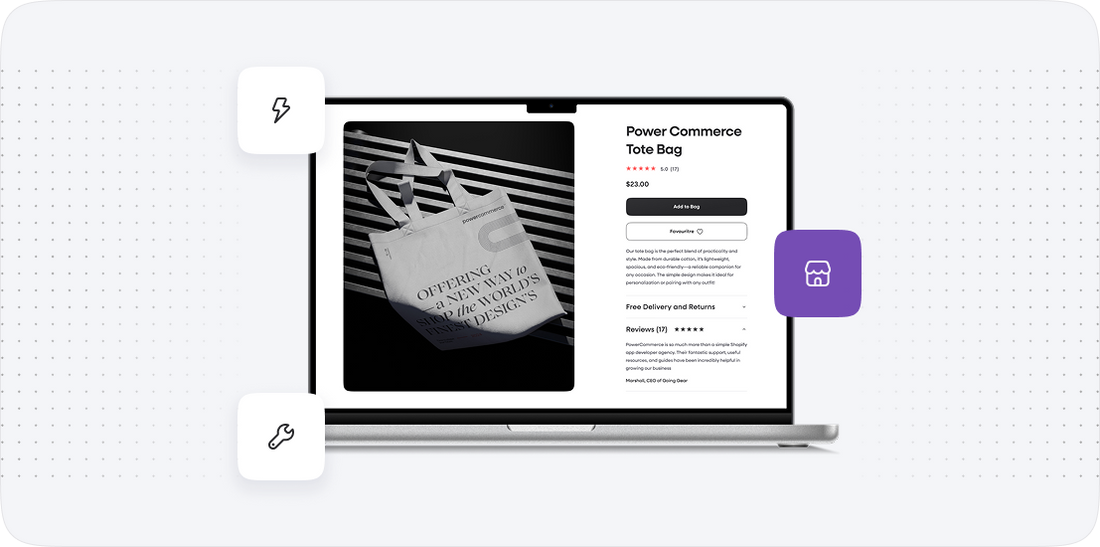
Step 3: Preparing WooCommerce for Import
With your Shoptet data successfully exported, the next crucial step is to prepare your WooCommerce environment for the import process. This preparation ensures that WooCommerce is correctly configured to accept the data from Shoptet and that all necessary plugins are in place to facilitate a smooth transition.
The primary objectives of this step include installing WooCommerce, configuring essential settings, and ensuring that the environment is optimized for data import. Below are the detailed procedures:
- Install WooCommerce: If you haven't already, install the WooCommerce plugin on your WordPress site. Navigate to the Plugins section, search for WooCommerce, and click 'Install Now' followed by 'Activate.'
- Configure Basic Settings: Go through the WooCommerce setup wizard to configure basic settings such as currency, payment methods, and shipping options. Ensure that these settings align with your existing Shoptet configurations.
- Install Necessary Plugins: Depending on your specific needs, consider installing additional plugins that will assist with data migration. For instance, plugins like 'Product Import Export for WooCommerce' or 'WP All Import' can facilitate the import of products and other data seamlessly.
- Set Up Permalinks: Optimize your permalink settings to match or closely resemble the URL structure from your Shoptet store. This step is crucial for maintaining SEO rankings and ensuring customers can find their previous orders easily.
- Test Environment: Before proceeding with the import, it's advisable to test the WooCommerce setup with a small sample import to ensure that everything works as expected without causing data corruption or errors.
By thoroughly preparing your WooCommerce environment, you will create a robust foundation for a successful data import, minimizing the risk of complications during the migration process.
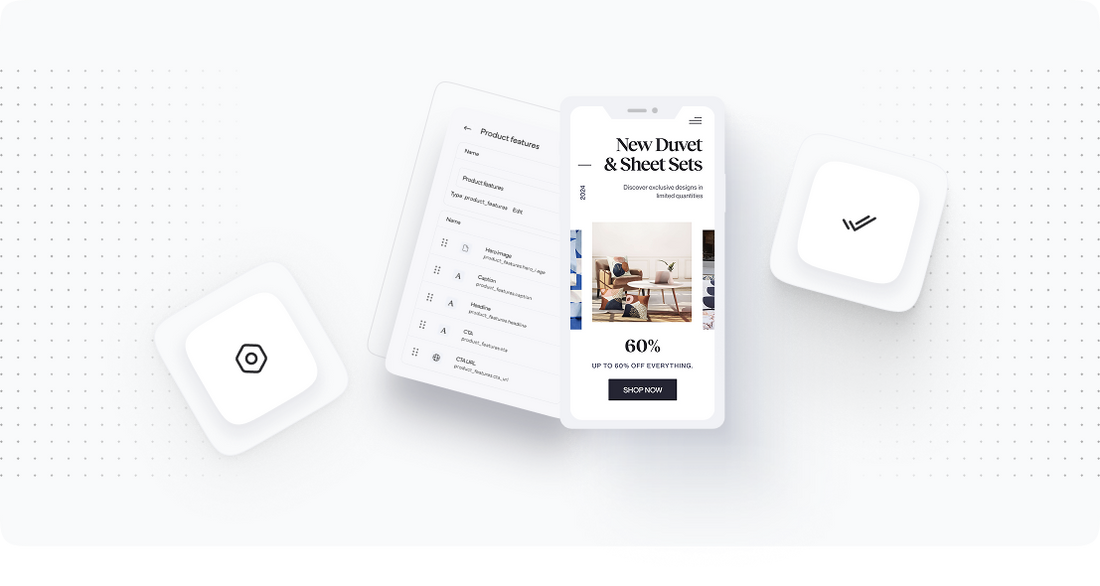
Step 4: Importing Data into WooCommerce
With your WooCommerce environment fully prepared, we can now proceed to import the exported data from Shoptet. This step is critical as it ensures that all essential information, including products, customers, and orders, is accurately transitioned to your new WooCommerce store.
The primary objective of this step is to execute a seamless import process that maintains data integrity and proper categorization. Here’s how to successfully import your data:
- Access the Import Tool: Navigate to the WooCommerce section in your WordPress dashboard and select the 'Products' option. Here, you will find the 'Import' button that allows you to upload your product CSV file.
- Upload Product Data: Select the CSV file you exported from Shoptet and click 'Continue.' Follow the prompts to map the columns in your CSV file to the corresponding fields in WooCommerce. Ensure that product names, SKUs, prices, and images are correctly aligned.
- Import Customer Data: Repeat the process for customer data. Use a suitable plugin or tool that can handle customer imports effectively. Ensure that all relevant fields are mapped correctly to maintain customer records.
- Import Order Data: Lastly, import your order data. This step may require additional configuration depending on your chosen method or plugin, so ensure you follow the instructions provided during the import process carefully.
Upon completion of the import process, it’s crucial to review the imported data thoroughly. Check for any discrepancies or errors that may have occurred during the migration. This step is essential to ensure that your WooCommerce store functions correctly and that customer experiences remain seamless.
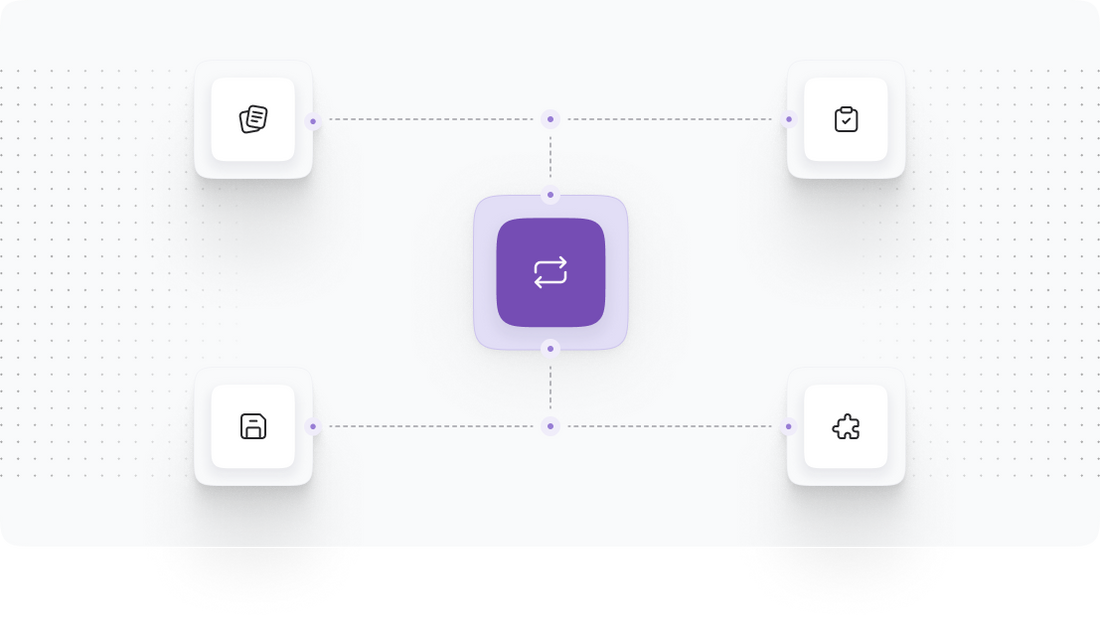
Step 5: Configuring WooCommerce Settings
Once all data has been successfully imported into WooCommerce, the next step is to configure the various settings that govern how your store operates. These settings will ensure that WooCommerce behaves as expected and provides a seamless shopping experience for your customers.
The primary goal of this step is to review and adjust settings related to payment gateways, shipping methods, taxes, and product visibility. Here’s a detailed breakdown of what to do:
- Payment Gateway Configuration: Navigate to WooCommerce > Settings > Payments. Choose the payment methods you'd like to enable (e.g., PayPal, Stripe, credit cards) and set them up according to your business needs. Ensure that your payment processors are integrated and tested for functionality.
- Shipping Settings: Go to the 'Shipping' tab in WooCommerce settings. Configure shipping zones and methods based on your business model. Ensure that these configurations match those from your Shoptet store to maintain consistency for your customers.
- Tax Settings: If applicable, set up your tax rates in WooCommerce. Navigate to the 'Tax' tab and configure tax classes and rates based on your business location and product categories. Ensure that these align with your previous configurations on Shoptet.
- Product Visibility: Review the visibility settings for your products. Ensure that all products are set to 'Public' and that any necessary categories are assigned correctly for easy navigation.
- Test Checkout Process: Before going live, conduct a test checkout process to ensure that everything works correctly--from product selection to payment processing and order confirmation. This step is vital for identifying any issues that need addressing.
By meticulously configuring your WooCommerce settings, you will create a robust online store that meets your operational requirements and enhances the customer experience.
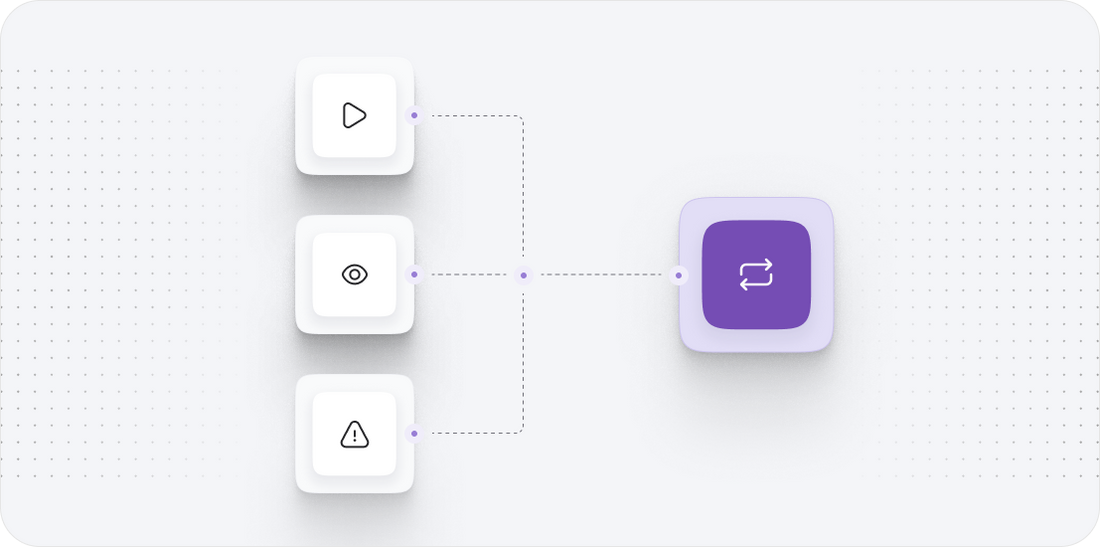
Step 6: SEO Optimization Post-Migration
Once you have configured your WooCommerce settings and ensured all data is correctly imported, the next critical step is to focus on SEO optimization. This step is vital to maintain your search engine visibility and attract customers to your new WooCommerce store.
The primary objective here is to implement SEO best practices that align with your existing strategies from Shoptet. Follow these steps to optimize your WooCommerce store:
- SEO-Friendly URLs: Ensure that your permalinks are set to a user-friendly structure. Navigate to Settings > Permalinks in your WordPress dashboard and select the 'Post name' option for clean and SEO-optimized URLs.
- Meta Tags and Descriptions: Use an SEO plugin like Yoast SEO to add meta titles and descriptions for your product pages and blog posts. This will help improve click-through rates from search results.
- Image Alt Text: Ensure that all product images have descriptive alt text that includes relevant keywords. This not only improves SEO but also enhances accessibility for visually impaired users.
- 301 Redirects: If there are any changes to URLs during the migration, set up 301 redirects to ensure that any traffic to the old URLs is redirected to the new ones. This step is crucial for preserving SEO rankings and customer access to product pages.
- Google Search Console: Submit your new sitemap to Google Search Console to help Google crawl your new site effectively. Monitor indexing status and resolve any issues that arise.
By implementing these SEO strategies, you will enhance your WooCommerce store’s visibility and ensure that your migration does not negatively impact your search rankings.
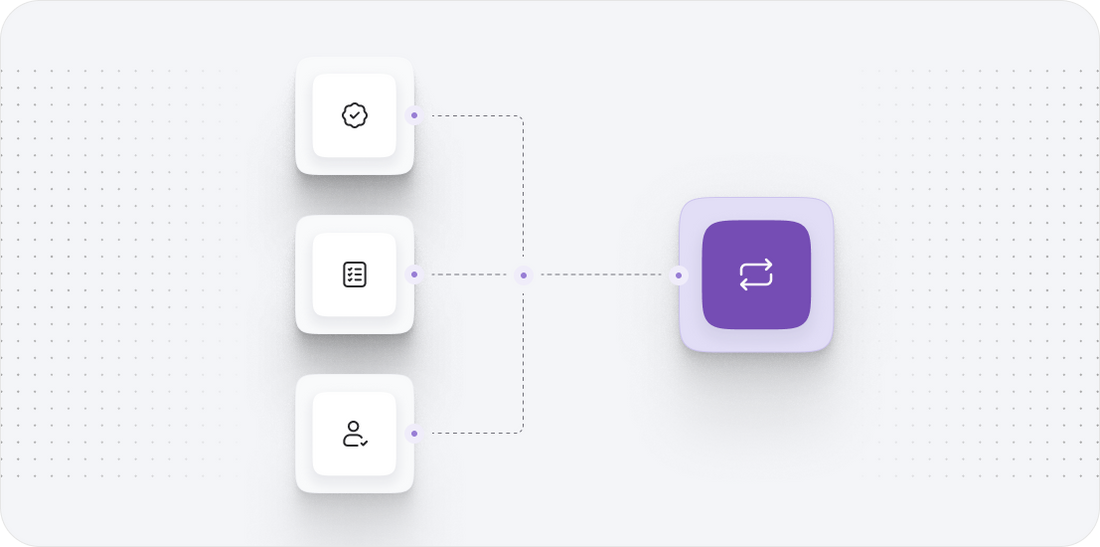
Step 7: Testing Your New WooCommerce Store
Before officially launching your migrated WooCommerce store to the public, it is imperative to conduct extensive testing. This testing phase ensures that all functionalities work as intended and that the user experience is seamless.
The primary goal of this step is to identify and rectify any issues that may have arisen during the migration process. Here’s a structured approach to testing your WooCommerce store:
- Functional Testing: Test all core functionalities, including product browsing, cart operations, and checkout processes. Ensure that the entire shopping journey--from adding products to the cart to order completion--is smooth and error-free.
- Mobile Responsiveness: Verify that your store is mobile-friendly by testing it on various devices and screen sizes. Ensure that all elements are accessible and functional on mobile platforms.
- Payment Processing: Conduct test transactions using different payment methods to ensure they process correctly. Check that customers receive order confirmations and that payment notifications are received.
- Load Testing: Simulate heavy traffic on your store to assess its performance under load. This step will help identify any potential performance bottlenecks.
- User Feedback: Consider involving a small group of trusted customers or colleagues to test the site and provide feedback on their experience. Address any concerns or suggestions they may have.
By thoroughly testing your WooCommerce store, you will ensure a smooth launch and a positive experience for your customers, ultimately driving sales and satisfaction.
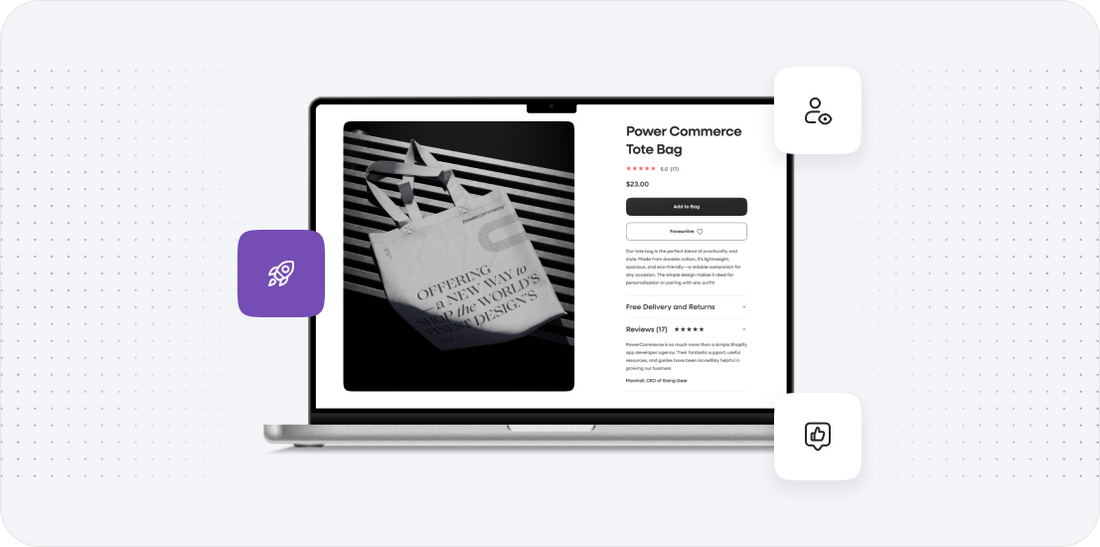
Power Your Step - Get in Touch
If you're ready to take the next step in your ecommerce journey, we invite you to contact PowerCommerce for expert migration support. Our dedicated team is here to ensure that your transition from Shoptet to WooCommerce is seamless and hassle-free.
Why Choose PowerCommerce? With over 15 years of experience in ecommerce migrations, we specialize in providing cutting-edge, scalable solutions tailored to your unique business needs. Our customer-centric approach ensures that your migration is handled with integrity and precision.
- Contact Us: Reach out via our contact form to schedule a consultation.
- Call Us: Speak with one of our migration experts at 800-099-9090.
- Email Us: Send your inquiries to info@powercommerce.com for prompt assistance.
Don’t let the complexities of migration hold you back. Let PowerCommerce guide you through the process and empower your ecommerce growth. We look forward to working with you!
Stay aligned on what's happening in the commerce world
Trusted by 1000+ innovative companies worldwide
Schedule Your Migration Today
For businesses prioritizing simplicity, scalability, and robust support, Shopify is the clear winner.
Looking to migrate without hassle? Power Commerce can handle the entire process, ensuring smooth data transfer, store setup, and post-launch success.
Marka Marulića 2, Sarajevo, 71000 BiH
00387 60 345 5801
info@powercommerce.com


